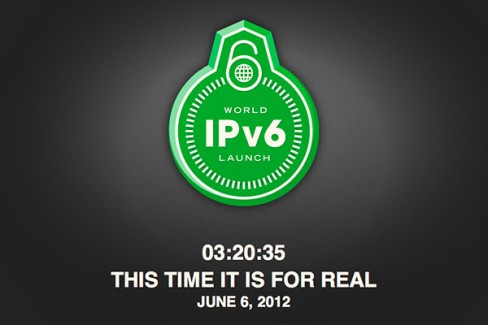Tomorrow, June 6, is World IPv6 Launch day – the date at which the internet’s biggest vested participants have agreed to permanently enable IPv6 on their products and services to ensure the internet’s “continued growth as a platform for innovation and economic development”.
In just a few hours some of the internet’s biggest partners, including AT&T, Bing and Facebook, will permanently enable IPv6 on their products. This follows a successful one-day test period last summer. Thankfully for end users the transition to IPv6 will be seamless.
So what’s so important about IPv6? IPv6 is an acronym for internet protocol version six, the latest set of rules that govern how devices such as smartphones, laptops and just about anything connects to the internet. Each device that connects to the internet needs to be assigned an IP address – a unique numerical identifier – in order to communicate on the network.
IP addresses, however, are finite size – something which has become increasingly apparent in the last number of years as the number of internet-enabled devices continues to grow enormously. The current protocol, IPv4, has 4.2 billion possible addresses but nearly all of these have been exhausted. IPv6 on the other hand has about 340 billion billion billion billion or so, more than enough to keep us connected for the foreseeable future.
With 340 undecillion addresses the vision of an ‘internet of things’ also becomes more real, where every possible device or smart appliance, from bedside lamps to toasters, are assigned unique addresses that could be used to communicate and control over the internet.
World IPv6 Launch “represents a major milestone in the global deployment of IPv6”, although it’s only the start of a “new era of the IPv6-enabled internet”.
